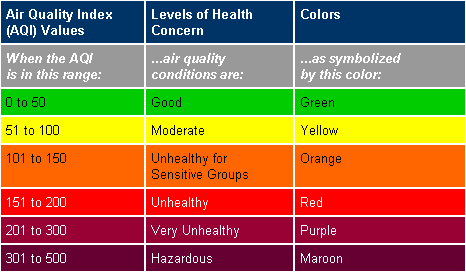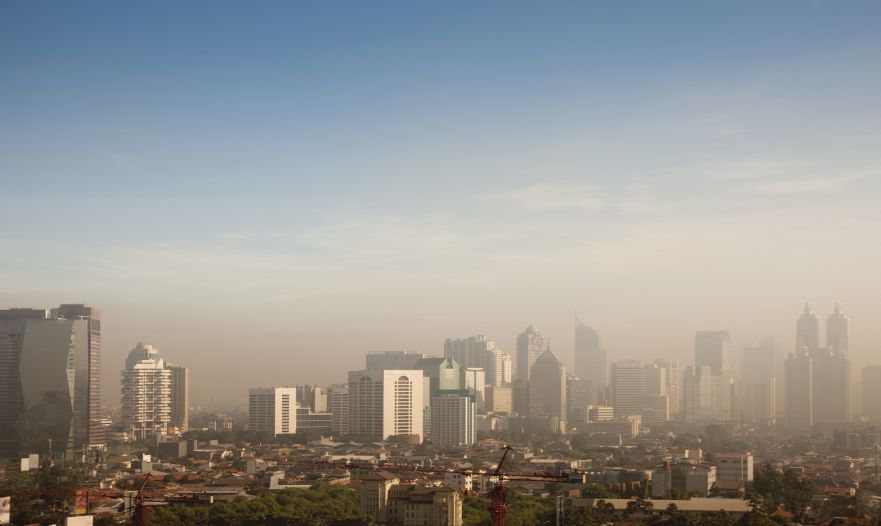Air Quality Index – New fancy trend, or deep-rooted problem?
Summer encroaches on Hanoi, just as March turned to April. The sun shines bright and unobstructed for the first time in months, and the sky is rid of grey clouds and rain for just a while. However, the sky seems less blue than in my memory – greyer at the edges, duller and less vivid. Perhaps the rapidly increasing industrialization of Vietnam is slowly polluting the air – hence, greyer days and dustier skies. Of course, this is backed up by the various days when we had to do PE inside, due to the supposed “dangerous air quality” in recent times…
Being a long time resident of Hanoi, I had my doubts about the Air Quality Index. “It’s the same air!”, I think to myself. But as fewer lessons were spent outside, and fewer days seemed blue, I wanted to find out more about this new, fancy, shiny AQI that seems to have taken the city by storm, and left piles of dust in its wake (quite literally, it seems).
After a very short internet search, it seems that the AQI has been around since 1968. The system is based on 6 colors ranging from green to maroon, each color representing a worse air quality: obviously, green is good, and maroon is… slightly less than healthy. It is determined by the concentration of various pollutants in the air (unsurprisingly caused by our own activities): ozone (good in the stratosphere, hazardous in your lungs), fine particulate matter (scientific jargon for “dust”), nitrogen oxide, sulphur dioxide and sulphur compounds (basically “bad, bad stuff”). This information is then processed into an index of numbers from 0 to 500: 0 being perfect air, and 500 being “completely hazardous”.

Ever since the introduction of the AQI to UNIS and its activities, most Hanoi days have been colored with orange, with a few yellows and reds in the mix. Though these colors seem to indicate a borderline unhealthy atmosphere filled with potentially dangerous toxic pollutants, my life in Hanoi seemed to have lulled me into a false sense of security and the belief that the air quality in Hanoi are “minty fresh” compared to big shot cities in developed countries, with their cars and lack of any trees compared to their towering high rises and immense size; a belief that turned out completely opposite of the truth.
As a matter of fact, Hanoi is one of the many cities in East Asia suffering from horrible air pollution, though not quite as dangerous as some of the notable cities like Beijing or New Delhi. This is caused mainly because of motorbikes – those millions of bikes in the city, each and every one excreting pollutants, and in “experimental” homemade vehicles, possibly toxic gases.Other than that, the very nature of a developing country causes many other factors leading to Hanoi’s air pollution – from downtown constructions leaving dust and grit in the air to outskirt factories excreting carbon dioxide, among other toxic fumes.
Because of this, Hanoi’s AQI has been hovering around the low 100’s – the orange indicators. While this is relatively clean compared to the 200’s at China’s coastal cities and a few maroon 400’s dotting its northern territories (It’s a wonder anyone is still there to record that!).
With a dangerously high AQI, and a mindset of growth and development, it seems that Hanoi, just as many cities across Asia and the world, has already and will continue to brush aside its environmental problems to achieve growth. So strap on your masks, head indoors and stay inside, because the AQI is not going anywhere, just as it should: for it is a reminder to us all that there are always consequences to everything, and especially so regarding the environment.




